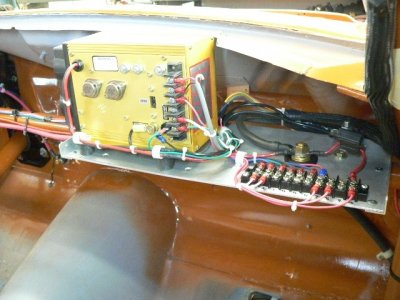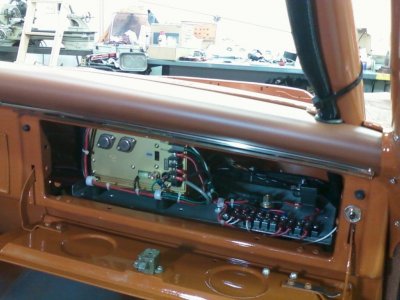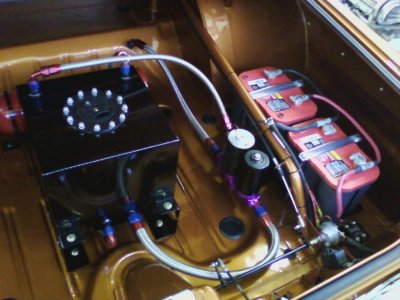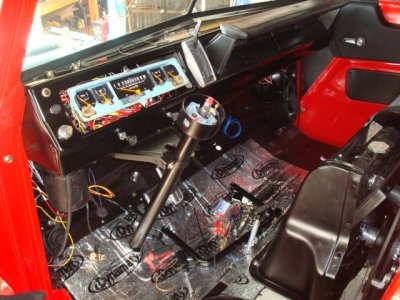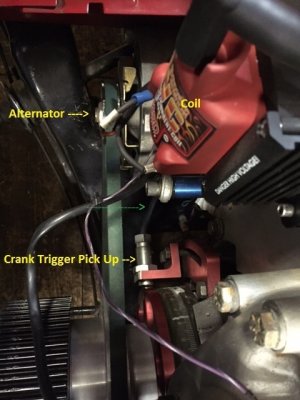kamkuda
Active Member
I have a 68 Road Runner with a painless system and a fast xfi fuel injection system
It was wired for me and there were some issues like a poor ground for the alternator and headlights blew out.
I am not very confident with wiring (although I have the diagram) but there were 2 sections that needed to work together. The standard wiring and the fast efi system
I have some issues with the EFI system and want to double check to ensure that I am not getting bad information to the computer (ie the fuel pressure in the system says 71 lbs and it show mechanically at 40lbs)
The engine has had some changes, has been in and out and added some other electrical components.
So after the long (brief) here is the question
Any suggestions for a novice trying to learn and be self sufficient?
To trace issues
Look at overall problems
Anything to be careful when I try to locate the issues?
Thanks
It was wired for me and there were some issues like a poor ground for the alternator and headlights blew out.
I am not very confident with wiring (although I have the diagram) but there were 2 sections that needed to work together. The standard wiring and the fast efi system
I have some issues with the EFI system and want to double check to ensure that I am not getting bad information to the computer (ie the fuel pressure in the system says 71 lbs and it show mechanically at 40lbs)
The engine has had some changes, has been in and out and added some other electrical components.
So after the long (brief) here is the question
Any suggestions for a novice trying to learn and be self sufficient?
To trace issues
Look at overall problems
Anything to be careful when I try to locate the issues?
Thanks

